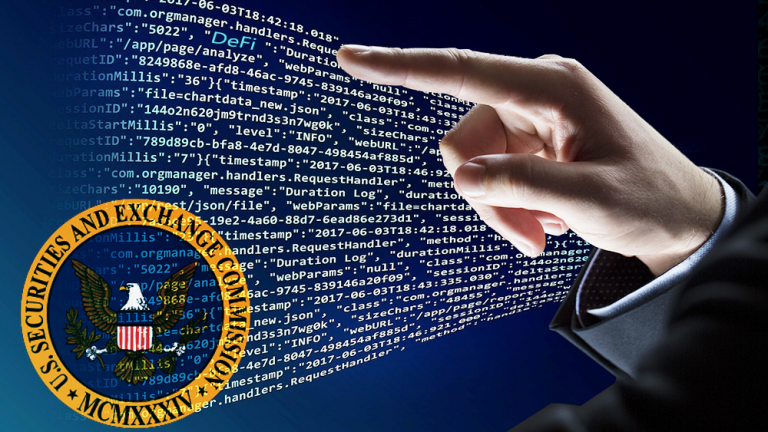
In recent developments, the U.S. legislative bodies have taken a significant stance on the Staff Accounting Bulletin No. 121 (SAB 121), issued by the Securities and Exchange Commission (SEC). This bulletin, which had implications for the treatment of digital assets by financial institutions, has been the subject of much debate and legislative action.
The House of Representatives passed H.J.Res. 109 with bipartisan support, aiming to overturn the SEC’s SAB 121 under the Congressional Review Act (CRA). This resolution was introduced by Representative Mike Flood and garnered support from both sides of the aisle. The primary concern addressed by the resolution was the requirement for financial institutions and firms safeguarding their customers’ digital assets to hold those assets on their balance sheet. Critics argued that this was cost-prohibitive and hindered the ability of highly regulated financial institutions to act as custodians of digital assets.
The bipartisan resolution ensures consumer protection by removing these roadblocks, allowing consumers to hold their digital assets through highly regulated banks and other financial institutions. This move was seen as a step towards bringing commonsense into digital asset policy and was applauded by various stakeholders in the financial sector.
Tekedia Mini-MBA edition 16 (Feb 10 – May 3, 2025) opens registrations; register today for early bird discounts.
Tekedia AI in Business Masterclass opens registrations here.
Join Tekedia Capital Syndicate and invest in Africa’s finest startups here.
Here are the main points:
Recognition of Digital Assets and Liabilities: SAB 121 requires entities that control digital assets owned by another entity or individual to recognize these digital assets and a corresponding liability on their balance sheets.
Evaluation of Liabilities: The liability recognized under SAB 121 is evaluated under ASC 815 to determine if it includes a derivative.
Measurement of Liabilities and Assets: The liability for the obligation to safeguard the digital assets is measured initially and subsequently at the fair value of the safeguarded digital assets. The safeguarding asset is measured similarly but adjusted for any potential loss events.
Disclosure Requirements: Entities must disclose the nature and amount of crypto assets they are responsible for safeguarding for their customers.
These provisions aim to address the unique risks and uncertainties present in custodial arrangements for digital assets, ensuring that entities reflect the fair value of these assets and the associated obligations on their balance sheets. This guidance is applicable to financial statements prepared under both US GAAP and IFRS Accounting Standards.
Furthermore, the Senate took action by voting to pass H.J. Res 109, reflecting bipartisan support against the SEC’s crypto policy. This legislative action underscores the ongoing debate around the regulation of digital assets and the role of traditional financial institutions in this emerging field.
The legislative response to SAB 121 is a clear indication of the U.S. government’s commitment to creating a regulatory environment that fosters innovation while ensuring consumer protection. It also highlights the importance of dialogue and collaboration between regulators, legislators, and industry stakeholders to address the complexities of digital asset custody and management. It also underscores the role of Congress in serving as a check on regulatory overreach, ensuring that any rules or bulletins that have significant implications undergo thorough review and public commentary.
The collaborative effort between members of both the House and Senate demonstrates a proactive approach to digital asset policy, aiming to protect consumers while enabling highly regulated financial institutions to provide secure custody services. This move is a positive step towards establishing the United States as a leader in the digital economy, encouraging innovation, and providing a stable environment for the burgeoning industry of digital assets.



